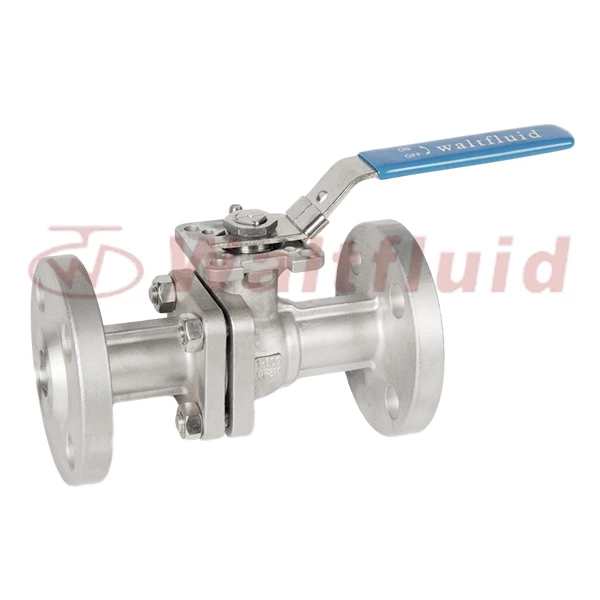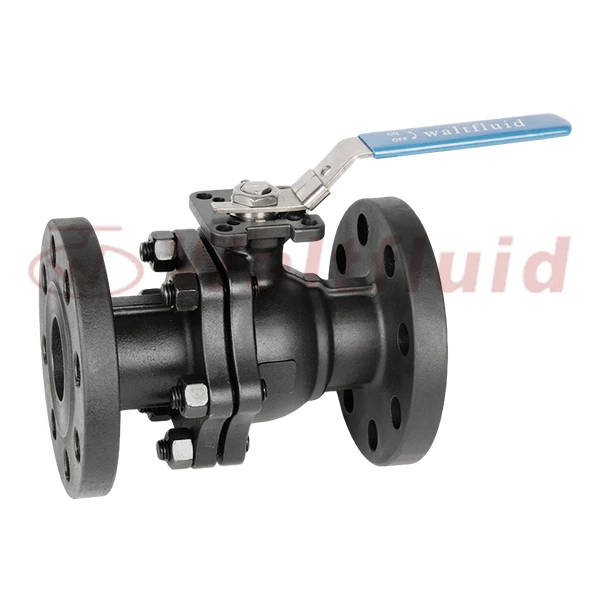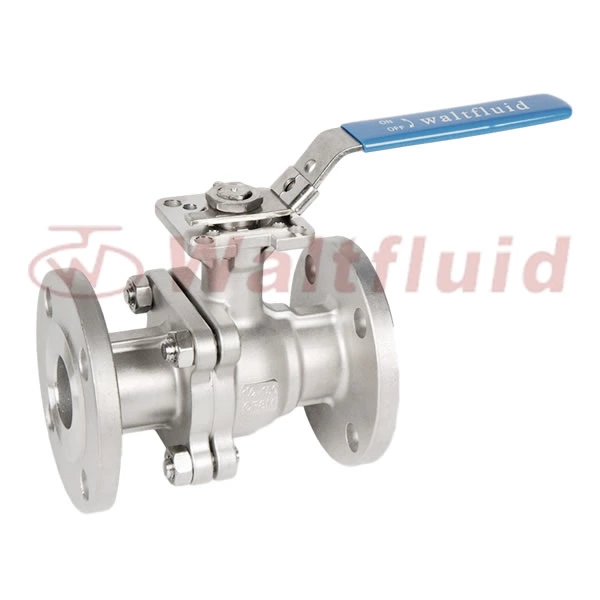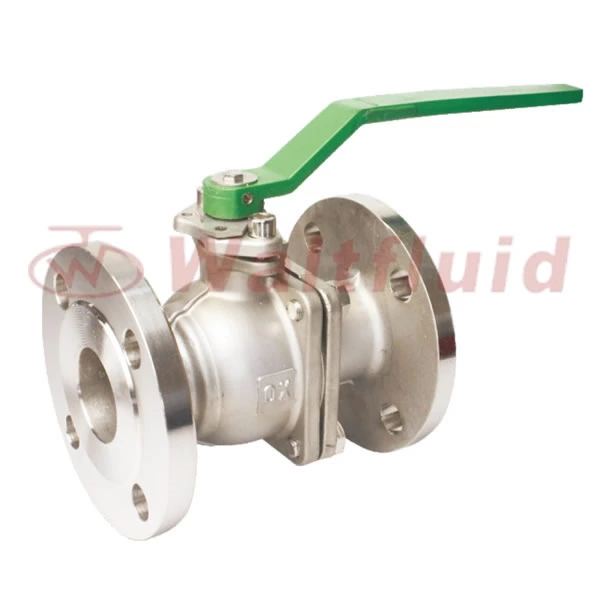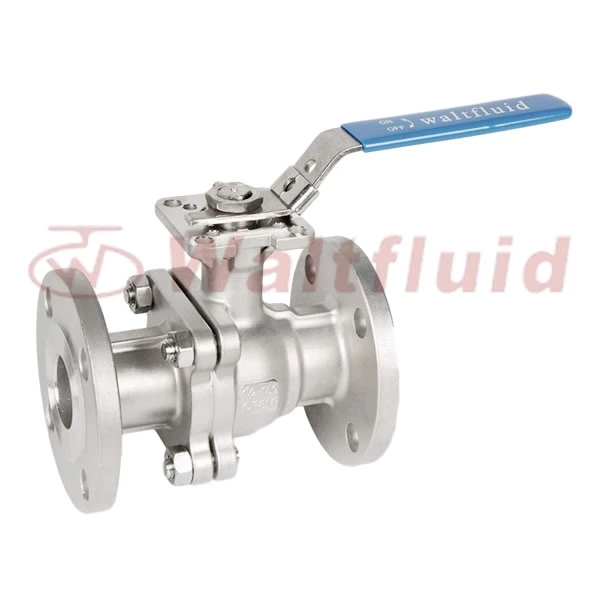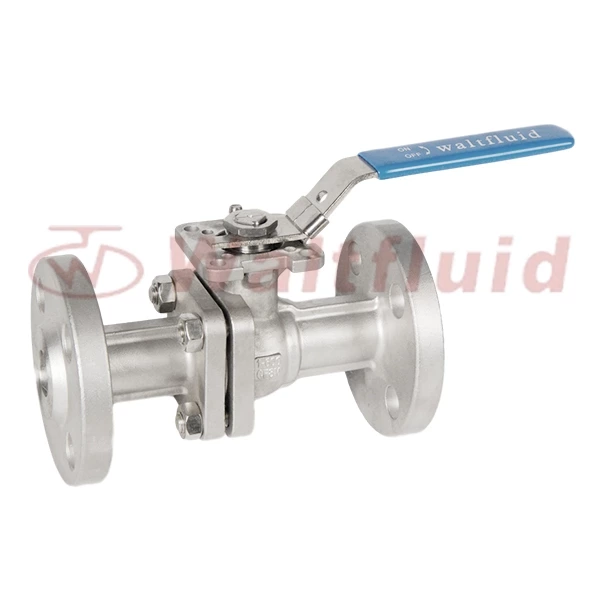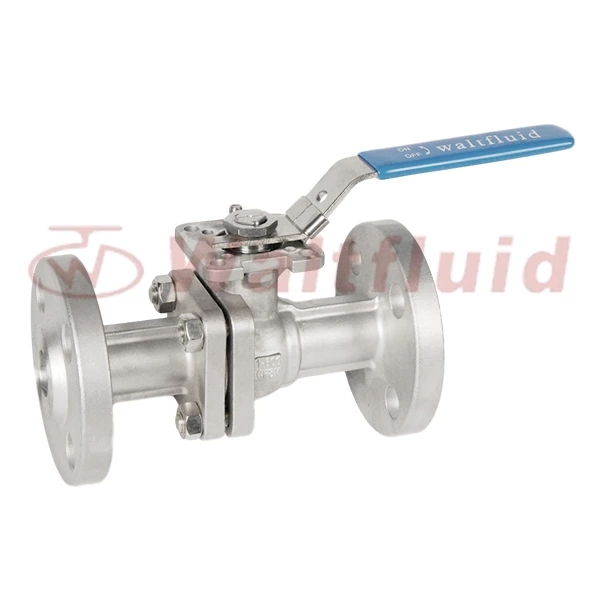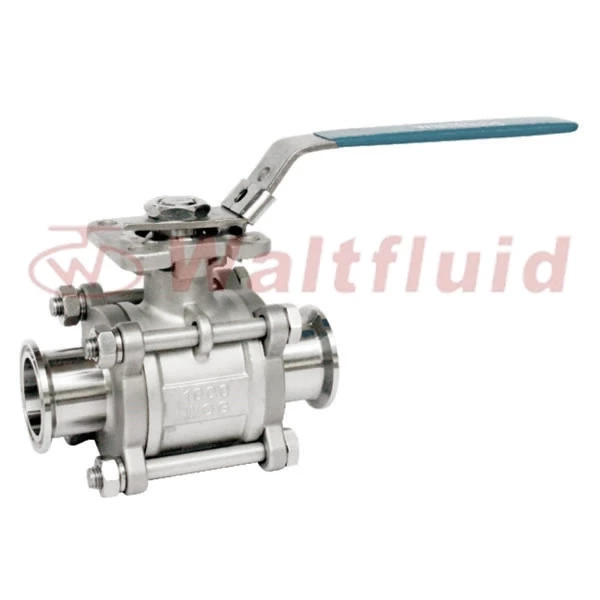What Are The Characteristics Of Electric Stainless Steel Ball
What are the characteristics of electric stainless steel balls? There are many types of stainless steel ball valves on the market today, including electric, pneumatic, and dynamic. We mainly introduce Flanged Ball Valve here, which is used to cut off or connect the medium in the pipeline, and can also be used for the regulation and control of fluids. Compared with other valve types, electric stainless steel ball valve has the following characteristics.
1. The fluid resistance is small. The ball valve has the smallest fluid resistance among all valves. Even the reduced diameter ball valve has a very small fluid resistance;
2. The thrust bearing reduces the friction torque of the valve stem, allowing the valve stem to operate stably and flexibly for a long time;
3. The valve seat has good sealing performance and uses a sealing ring made of elastic materials such as polytetrafluoroethylene. The structure is easy to seal, and the valve sealing capacity of the ball valve increases as the medium pressure increases;
4. The valve stem seal is reliable. Since the valve stem only performs imitation rotation and does not perform lifting movements, the packing seal of the valve stem is not easily damaged, and the sealing capacity increases as the pressure of the medium increases;
5. Since materials such as polytetrafluoroethylene have good self-lubricating properties and small friction losses with the ball, the ball valve has a long service life;
6. The bottom-mounted valve stem and the convex steps on the valve stem head prevent the valve stem from spraying out. If the valve stem seal is damaged due to fire, metal contact can also be formed between the convex steps and the valve body to ensure the valve stem sealing;
7. Anti-static function: A spring is set between the ball, valve stem, and valve body, which can discharge the static electricity generated during the switching process. The actuator of the electric stainless steel ball valve adopts a new series of GT-type pneumatic actuators, which are double-acting and single-acting (spring return), with rack and pinion transmission, which is safe and reliable; the large-diameter valve adopts a series of AW-type pneumatic actuators with fork transmission. It has a reasonable structure and large output torque, and is available in double-acting and single-acting types.
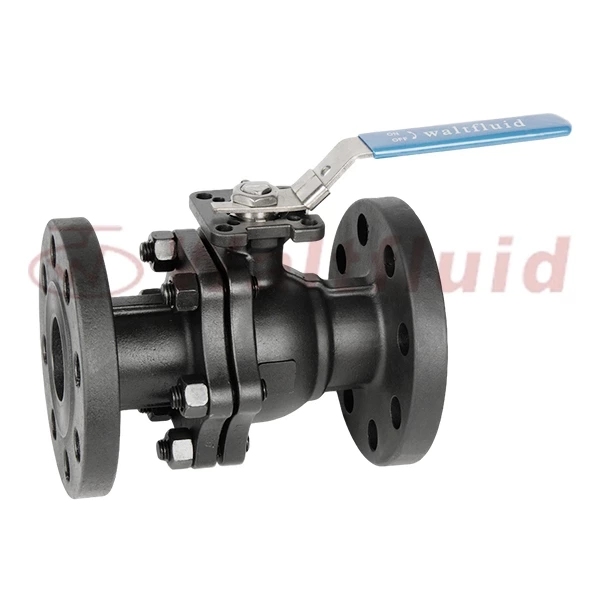
 English
English 中文
中文 Pусский
Pусский  Español
Español
